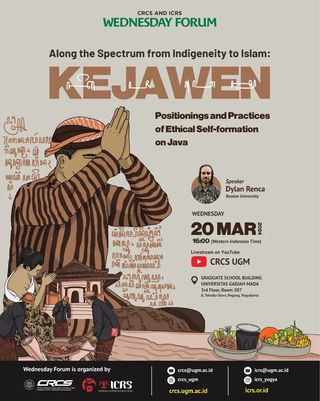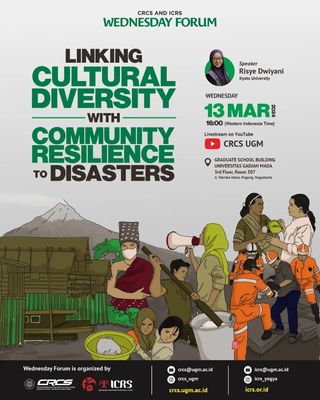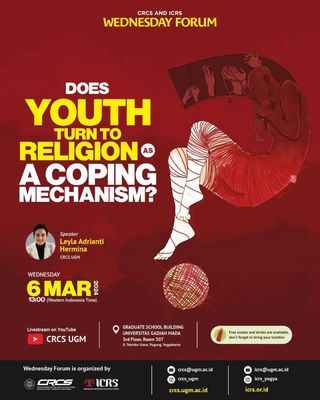This study attempts to propose important dimensions of the scholarship that will explain religio-politics and resistance movement of peasants in Northeast - Thailand. The first line is the Bahai movement that initiated alternative education so-called Santitham School with the basic foundation of liberation theology. The school and education must have link to the resistance movement which embeds to the power of domination and hegemony. Religion is a vital influence in everyday life (Parson, 2003: 17). Religion plays important role as essential source of social change. The prominent purpose of this study is to address Buddhism and the local belief in Yasothon as the religious paradigm for the acceptance of the Bahai faith in the context of Isan peasantry. Generally speaking, Bahai movement in Southeast Asia such as Thailand relates to the historical narrative of marginalization, persecution, and oppression experienced by many Baha is especially in the late nineteenth century. At the time, Baha'i institutions were disbanded, community properties confiscated, holy places demolished, and cemeteries desecrated. Baha'is had no civil rights (Kazamzadeh, 2002: 537-558).During the development of Bahai religion, Bahai communities in several countries have been suffered and have experienced some perpetual difficulties related to identity, political pressure, discrimination, oppression, and problem of civil rights. My purpose of this study is to collaborate the issue of Thai-current political situation as well as resistance movement in Northeast Thailand represented by the Bahai Santitham School in Yasothon. By determining Thailand that has different ethnics groups, I start to conduct ethnography fieldwork about the Bahai movement to examine simultaneous concepts of their liberation theology that has been implemented and developed through their education and movement as a political tool of resistance in peasantry of Isan - Yasothon. The historical fact between Isan and the Siamese kingdom was full of conflicts, due to ethnic differences. However, the majority of Isan people were Lao who migrated to Isan, the border between Lao and Thailand, in the beginning of seventeenth centuries (Srisakkara 1990: 283-284, Phatharathananunth 2006: 24). Isan people are associated with grassroots movement that they became a legend with which later Isan farmers movements and rebellion happening in 1960s.In summary, this further study aims to analyze religious transformation represented by the Bahai sm as well as the resistance of peasantry in Isan through three points (1) Bahai faith implemented by the Santitham School with the basic foundation of liberation theology (2) Resistance movement represented by peasantry in Isan (3) Buddhism and the Thai government/state.
Key Words: Buddhism, and Thai government politics









